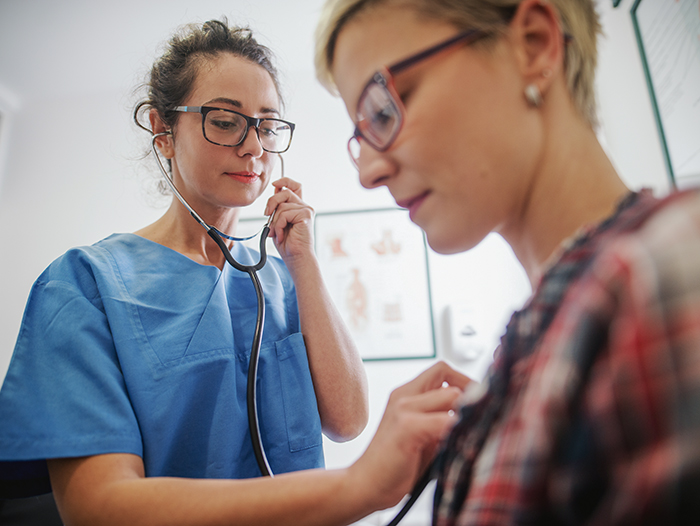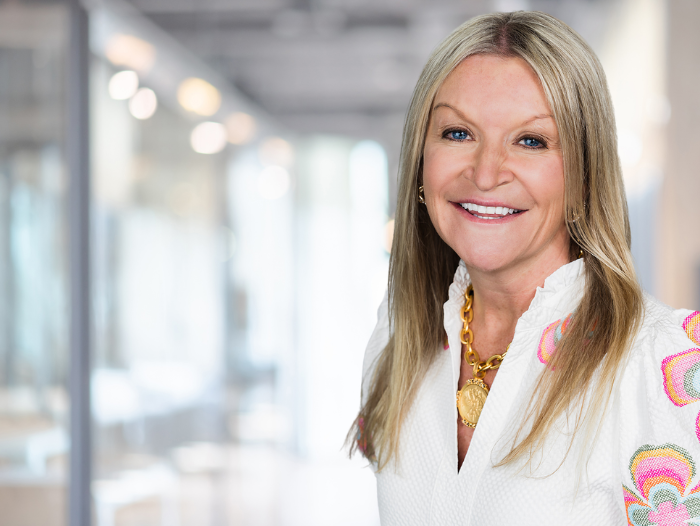Early one morning, a teenage boy began experiencing strange symptoms, but no one in the family knew anything was wrong — until the family dog alerted them. Writing for the Washington Post, Kyle Melnick explains how a dog's early notification of a health problem may have helped save a young boy's life.
The family dog alerted everyone to a serious problem
Around 5:30 a.m. on Aug. 26, Amanda and Daines Tanner were woken up by their one-year-old border collie Axel. According to Amanda, she had never seen their dog so energetic that early in the morning and assumed that he needed to be let outside.
However, when Daines took him downstairs to the backyard, Axel refused to go outside. Instead, he rushed toward the room of Amanda's 17-year-old son, Gabriel Silva.
That morning, Gabriel had woken up at around 5:00 a.m. with a numb arm. When he left his room to go to the living room, he lost his balance and fell down. At the time, he couldn't move and everything around him, including the sofa, TV, and fireplace, looked bigger than usual.
Axel saw Gabriel on the floor before he rushed upstairs to Amanda and Daines' bedroom. After about two minutes, Gabriel said he was able to walk back to his room to try and fall asleep again. "I didn't think anything was wrong," he said.
After hearing Axel outside of his door, Gabriel went back out to the living room and attempted to explain his symptoms to Daines. According to Gabriel, he had difficulties walking, numbness on the right side of his body, and magnified vision. His speech was also slurred, making it difficult for Daines to understand him.
Around 6:30 a.m., Daines took Gabriel to Memorial Hermann Health System, with Amanda following behind them. At the hospital, a CT scan, MRI exam, and angiogram showed that a blood vessel connected to Gabriel's brain had torn, causing a stroke on the left side of his brain.
Early notification may have saved the patient's life
Around 795,000 people in the United States suffer a stroke every year, but only 10% to 20% of these incidents occur in young people under the age of 30 like Gabriel. Some patients never recover from strokes, and initially doctors told Amanda that Gabriel could need 24/7 care for the rest of his life.
However, after starting physical, occupational, and speech therapy, Gabriel soon began to recover. Three days after being admitted to the hospital, he was able to walk again. By the time he left the hospital two weeks later, he had regained mobility in his right arm and could complete algebra problems on a laptop. His slurring had also improved, though doctors noted that his speech could be impacted for the rest of his life.
According to Sabih Effendi, a neurosurgeon who treated Gabriel, he might have never recovered from his stroke if Axel had not alerted the family that something was wrong that morning.
"Without that early notification of him getting to the hospital, you really would have had really permanent deficits that would have made him really nonfunctional and unable to live life," Effendi said. "… It's amazing how adamant a dog was knowing something's going on."
Currently, Gabriel still has limited feeling on the right side of his body and has learned to use his left hand for writing and eating. He is also attending therapy twice a week and taking blood thinners. He is currently being homeschooled but hopes to return to his high school in December and plans to study engineering in college next year.
Axel is also still looking after Gabriel, who has an increased risk of another stroke for the next few months. "Since Gabriel returned home, Axel has been following him around the house and sleeping in his room, rarely leaving his side," Melnick writes. (Melnick, Washington Post, 10/23)
Artificial intelligence (AI) has the potential to help predict, detect, and diagnose CV disease. In conjunction with provider expertise, AI can improve quality of care and reduce costs by making the diagnostic process faster, more efficient, and less susceptible to human error. To optimize AI functionality in CV care, service line leaders and providers will need to work closely with data scientists to ensure that the tools are built effectively and used to their full potential. Read on to learn more about what AI is, its impact on CV care, the challenges in AI adoption, and more.
Don't miss out on the latest Advisory Board insights
Create your free account to access 1 resource, including the latest research and webinars.
Want access without creating an account?
You have 1 free members-only resource remaining this month.
1 free members-only resources remaining
1 free members-only resources remaining
You've reached your limit of free insights
Become a member to access all of Advisory Board's resources, events, and experts
Never miss out on the latest innovative health care content tailored to you.
Benefits include:
You've reached your limit of free insights
Become a member to access all of Advisory Board's resources, events, and experts
Never miss out on the latest innovative health care content tailored to you.
Benefits include:
This content is available through your Curated Research partnership with Advisory Board. Click on ‘view this resource’ to read the full piece
Email ask@advisory.com to learn more
Click on ‘Become a Member’ to learn about the benefits of a Full-Access partnership with Advisory Board
Never miss out on the latest innovative health care content tailored to you.
Benefits Include:
This is for members only. Learn more.
Click on ‘Become a Member’ to learn about the benefits of a Full-Access partnership with Advisory Board
Never miss out on the latest innovative health care content tailored to you.


